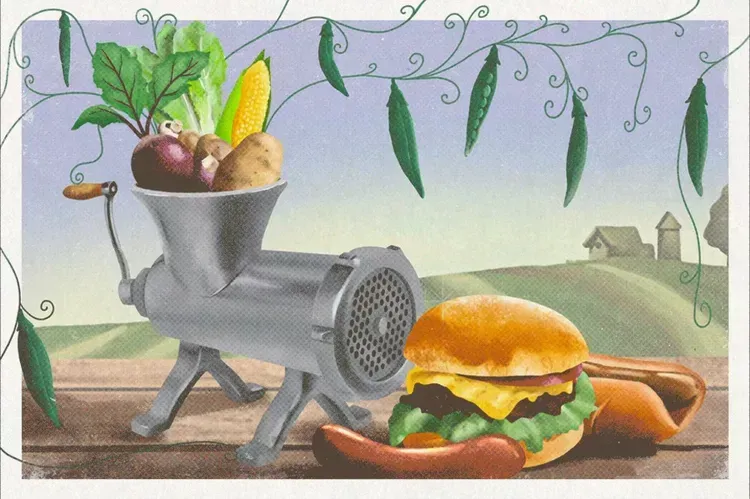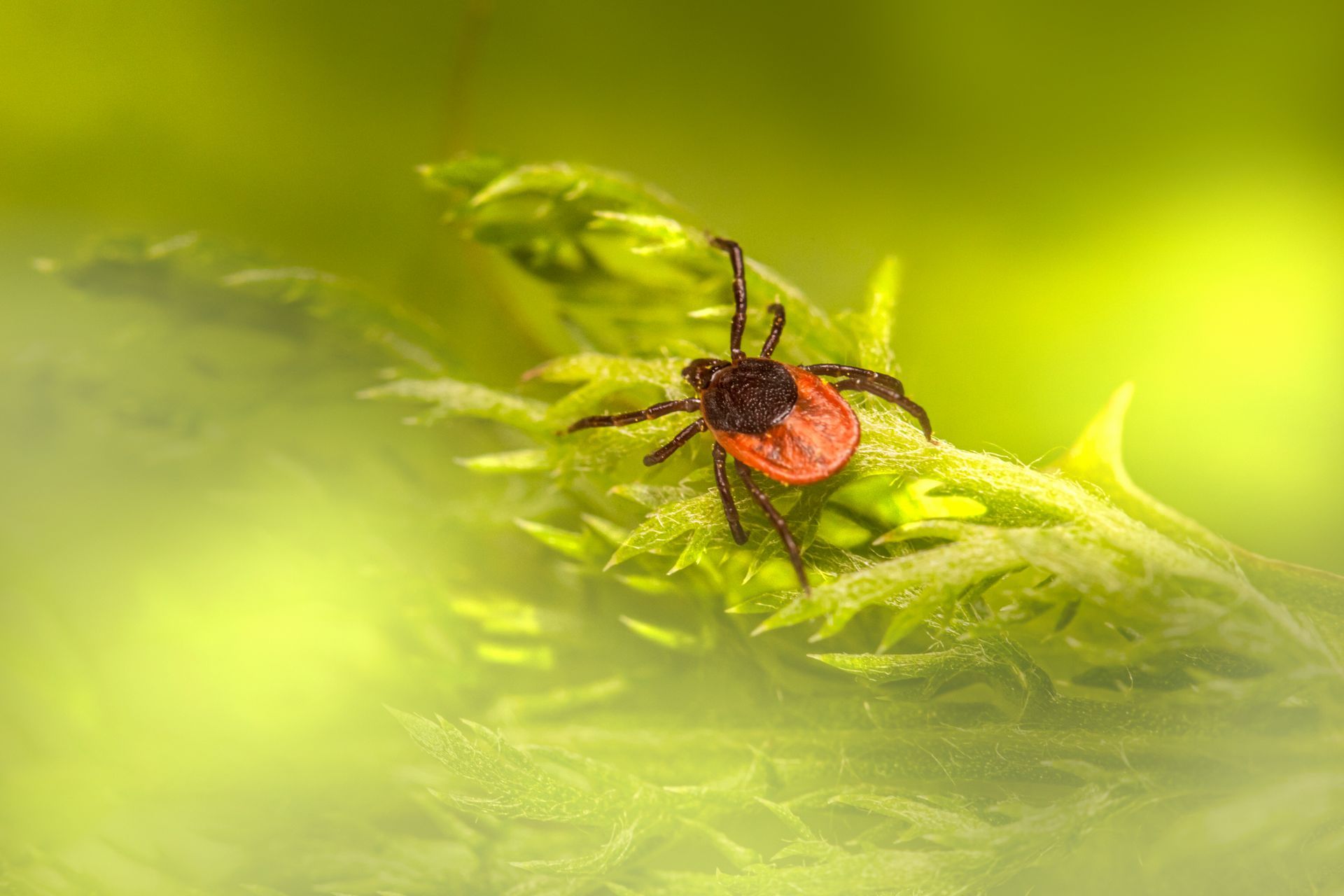Ohio's Flea-and-Tick Season
AKC https://www.akc.org/
Although fleas and ticks pose a threat to pets year-round, these pests become most active during the warmer months, starting as early as March in some areas of the United States. Find your state on the map shown here to learn where and when your pets are most at risk for fleas and ticks.
Fleas & Ticks: More Than Just a Nuisance
The Merck Veterinary Manual says, “Ticks are blood-sucking parasites that attach themselves to animals and people. Once attached to a host, ticks feed voraciously. As they feed, ticks can transmit a large number of diseases.” These include Lyme disease, Rocky Mountain Spotted Fever, and ehrlichiosis (a bacterial infection.) Ticks also cause skin wounds that may lead to bacterial infections and can also cause anemia.
There are more than 200 species of fleas affecting dogs, and these can also transmit diseaseand cause tapeworm infections and anemia. Some dogs are very sensitive to fleabites and suffer from serious allergic reactions of itchy, red, and scabby skin and even hair loss.
Many people believe that their dogs are safe from fleas and ticks after the first frost, but unfortunately, this is not at all true. Some species of ticks, including the ones that cause Lyme disease, can remain active in fall and winter months, too.
Wingless Acrobats
Most of the fleas found on dogs and cats are Ctenocephalides felis, also known as cat fleas. Fleas require blood from an animal host to be able to live and reproduce. They don’t have wings, so they can’t fly. However, they are serious jumpers with the ability to jump 100 to 200 times their size.
Fleas have four developmental stages: egg, larvae, pupa, and adult. When it’s cold or there’s no host on the horizon, flea pupae, which is the stage before adult fleas emerge, have the ability stay in their tiny cocoons nestled in your couch or rug until the weather gets warm or they find a host.
A solitary adult female (and many people say there’s no such thing as one flea) starts laying eggs the day after its first ingestion of blood, producing up to 50 eggs per day and about 2,000 in its lifetime. So it doesn’t take long to have an infestation on your dog and in your house — leading to a costly and time-consuming extermination process.
Hiding Out in Your Yard
Ticks, unlike fleas, don’t need to live on their host. They live in grassy and wooded areas and prefer a humid environment. Then when your dog walks by, they attach themselves to him. The Centers for Disease Control recommends clearing tall grass and brush from your yard to make it less attractive to ticks.
The geographic distribution of ticks is broadening as a result of climate change, deforestation, and the changing migration patterns of deer, birds, and rodents. Ticks are in virtually all parts of the United States, including some urban areas, and many parts of the world.
Some types of ticks can remain alive in the colder months, especially when temperatures are above freezing. For example, the Blacklegged tick, which carries Lyme disease, begin its period of prime feeding near the time of the first frost. Since deer are the main host of the Blacklegged tick and are active in fall and early winter months, this type of tick survives on the warm body of its host – until it drops off and attaches itself to your dog.
Bottom Line on Flea & Tick Season
When temperatures rise, flea eggs are safe to hatch outside, and ticks can thrive in woods and tall grasses. This is also the time of year that you and your dog are more likely to spend hiking and walking and enjoying nature. However, it doesn’t take warm temperatures to put your dog at the mercy of these pests.
The best defense against fleas and ticks is to keep your dog on a year-round flea and tick preventive medication as recommended by your veterinarian. “Be sure to ask your veterinarian for advice about the safest treatment for your dog and your home,” advises Dr. Jerry Klein, AKC chief veterinary officer.
“Depending on where you live, the age and breed of your dog, the protocol may vary. For example, young puppies or older dogs with weaker immune systems may require special doses or treatments, or if you live in a tropical area, the environmental applications required may be more frequent.”
Related article: Dogs Eating Cicadas: Tasty Treat or Trouble?
You might also like
Jaynie Norman


